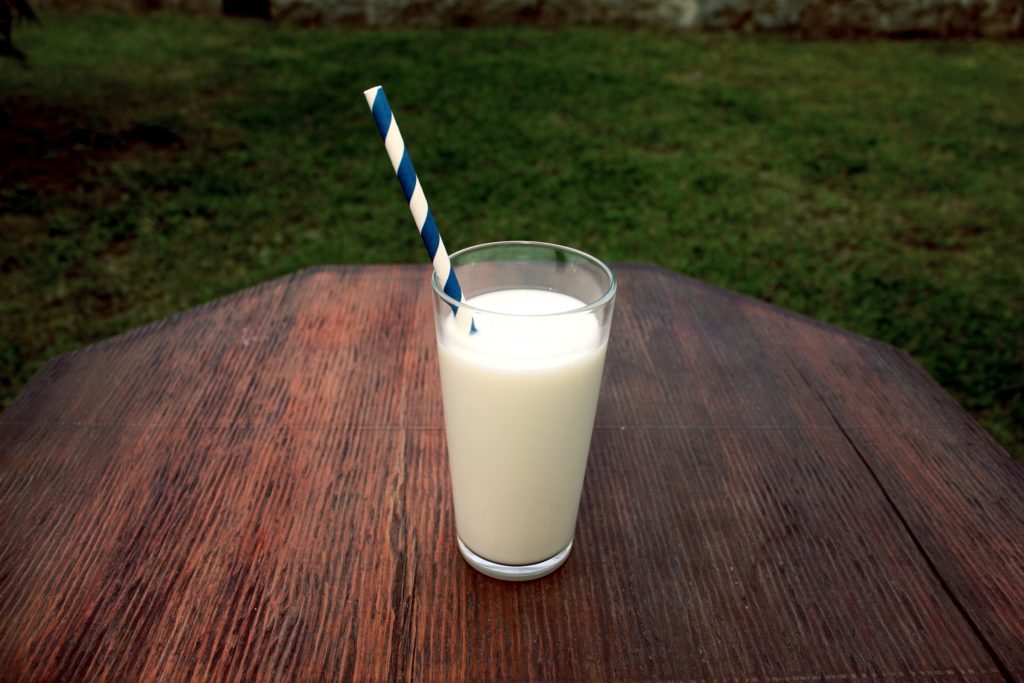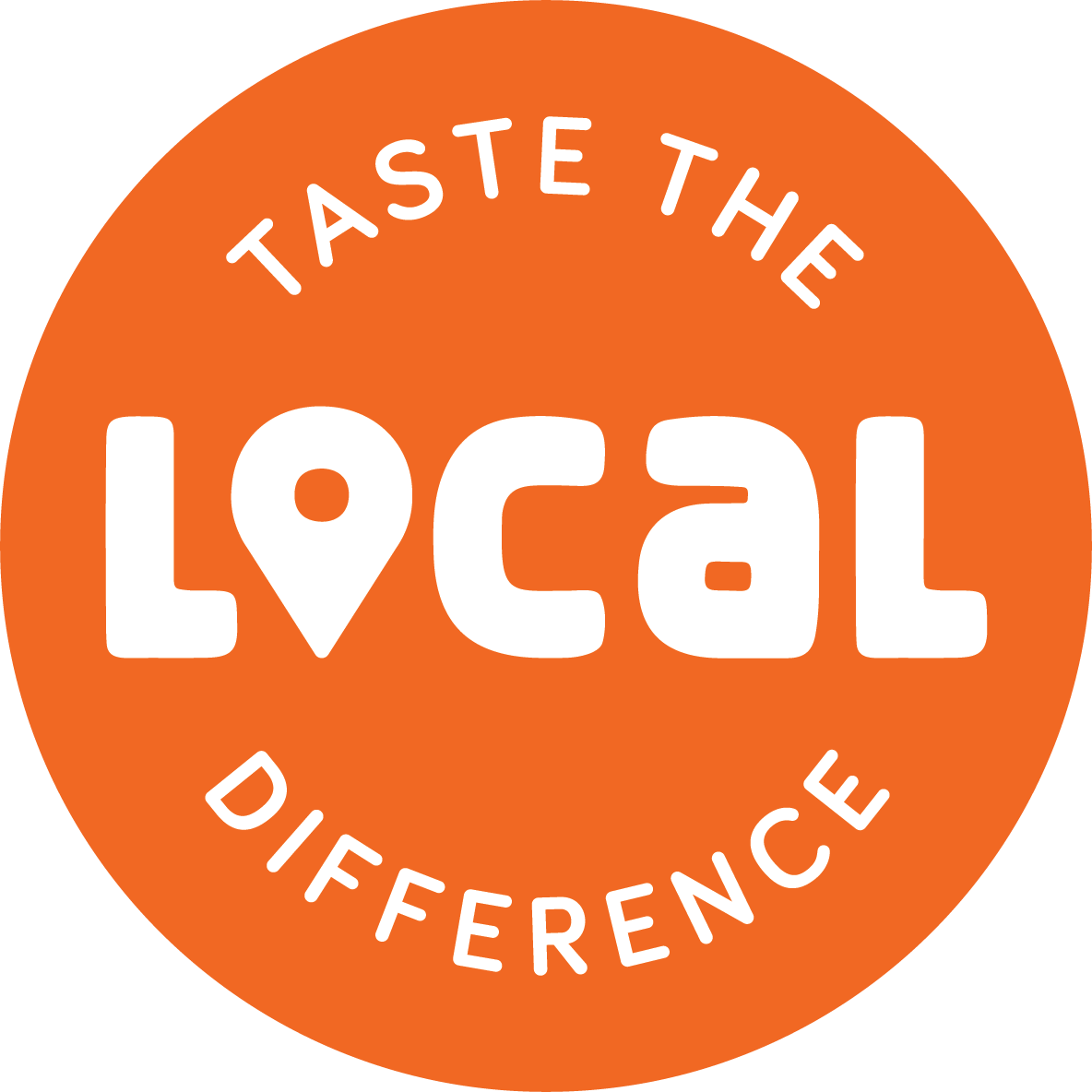
In 1948, Michigan became the first state to mandate that all milk sold to consumers be pasteurized. Pasteurization is the process of heating the milk to sterilize out any harmful bacteria, making it last longer and less prone to causing disease. This process became popular in the late 1800s, in response to a public health crisis where many died due to contaminated dairy. This crisis was a result of smaller pasture sizes where increasing numbers of animals were raised together in small spaces.
However, today, the public’s interest in buying local, unprocessed goods, like raw milk, has been increasing. In the past decade, there has been massive growth in the number of permits for raw milk production.
Some cow, goat, and sheep farmers offer herd share options to local consumers. This loophole allows herdshare members to pay for a portion of the cost associated with the care of the animal and in turn, receive a share of raw milk. Raw milk from a small herd raised on plenty of pasture minimizes the risk associated with contamination (though TLD encourages you to personally connect with the farmers to understand their process and consider the CDC guidelines).
Many folks who seek out raw milk enjoy it straight or in drinks, as well as to make homemade cheeses. Raw milk is flavorful and the taste varies with the seasons. Some studies have suggested that consistent raw milk consumption leads to reduced presence of asthma and seasonal allergies, however the results are not conclusive.
Raw milk is not recommended for children under 5, pregnant women, and the elderly, according to the Food and Drug Administration.

If you’re interested in joining a herd share and sourcing raw milk for yourself, check out these Michigan farm options:
Northwest:
Northeast:
West:
- Dreamgoats, Ada
- Country Winds, Zeeland
- Creswick Farms, Ravenna
- Endless Meadows Farm, Sheridan
- Woodbridge Dairy, Byron Center
Southeast:
- Tantre Farm, Chelsea
- Champion Farms, Chelsea
- Firesign Farm, Whitmore Lake
UP
Payge Lindow is a content creator for Taste the Local Difference.
